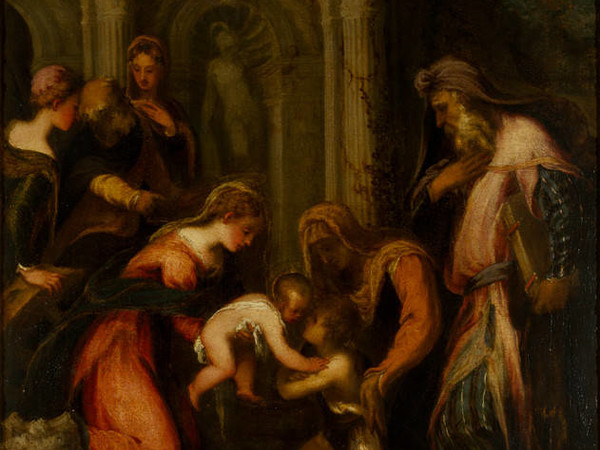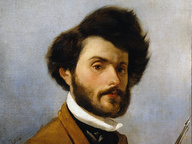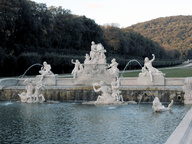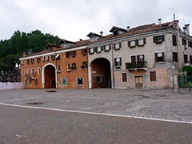Andrea Schiavone. A Venetian Renaissance artist straddling the worlds of Titian, Tintoretto and Parmigianino
From 28 Novembre 2015 to 10 Aprile 2016
Venice
Place: Museo Correr
Address: piazza San Marco
Times: 10am-05pm
Responsibles: Enrico Dal Pozzolo, Lionello Puppi
Ticket price: full € 12, reduced € 10. Free entrance Venetian citizens and residents; children aged from 0 to 5; disabled people with helper; authorized guides and interpreters accompanying groups or individual visitors; for groups of at least 15 people, 1 free entrance (only with prior booking); accompanying teachers of school groups (up to 2 teachers per group); ICOM members; MUVE ordinary partners; Servizio Civile volunteers; MUVE Friend Card holders, holders of “The Cultivist” card (plus three guests)
Telefono per informazioni: +39 041 2405211
E-Mail info: info@fmcvenezia.it
Official site: http://www.correr.visitmuve.it
SCARICA IL COMUNICATO IN PDF

-
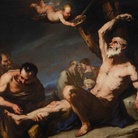 Dal 23 aprile 2024 al 01 settembre 2024
Bergamo | Accademia Carrara
Dal 23 aprile 2024 al 01 settembre 2024
Bergamo | Accademia Carrara
-
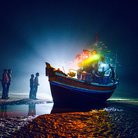 Dal 26 aprile 2024 al 09 giugno 2024
Reggio nell'Emilia | Sedi varie
Dal 26 aprile 2024 al 09 giugno 2024
Reggio nell'Emilia | Sedi varie
-
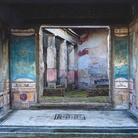 Dal 23 aprile 2024 al 16 giugno 2024
Roma | Castel Sant’Angelo
Dal 23 aprile 2024 al 16 giugno 2024
Roma | Castel Sant’Angelo
-
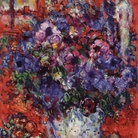 Dal 20 aprile 2024 al 27 ottobre 2024
Conversano | Castello Conti Acquaviva D'Aragona
Dal 20 aprile 2024 al 27 ottobre 2024
Conversano | Castello Conti Acquaviva D'Aragona
-
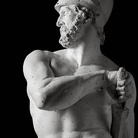 Dal 20 aprile 2024 al 29 settembre 2024
Possagno | Museo Gypsotheca Antonio Canova
Dal 20 aprile 2024 al 29 settembre 2024
Possagno | Museo Gypsotheca Antonio Canova
-
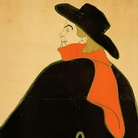 Dal 20 aprile 2024 al 21 luglio 2024
Torino | Mastio della Cittadella
Dal 20 aprile 2024 al 21 luglio 2024
Torino | Mastio della Cittadella
